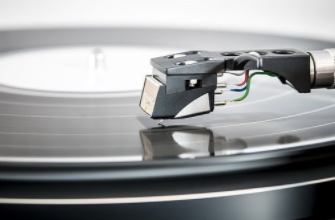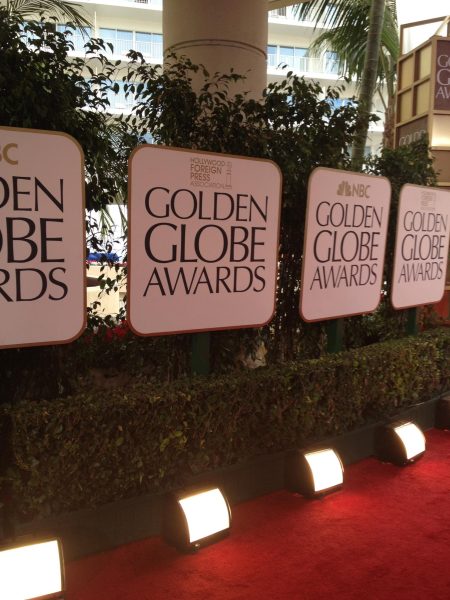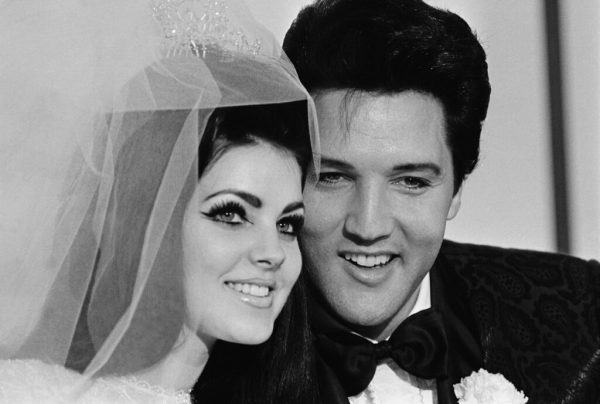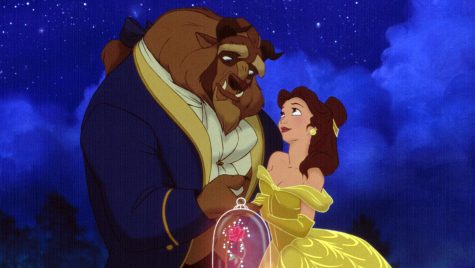The Comeback of Records

Image courtesy of Pixabay.com
January 5, 2021
There are many things in life that parents remember and kids want them to forget, like how they didn’t have phones, the internet, or how they walked to school uphill both ways. Even their chatter about how we all do math incorrectly now because of new innovative methods. One thing that they were right about, however, was the quality and enjoyment of records. Over the past few years, records have been making a comeback, with a spark of interest probably beginning with a kid finding old dusty records in their grandparents’ basement. So if records are making a comeback, why did we ever move past them at all?
Vinyl records have been widely popular since the 1900s, but not until 1948, when Peter Goldmark, a Hungarian-American engineer, created the world’s first “long play” vinyl record. Goldmark’s original record had a capacity of 21 minutes per side, a diameter of approximately a foot, and a playing speed of 33 ⅓ RPM (rotations per minute). The recording on this record was Mendelssohn’s Concerto in E minor, but as time went on and records quickly became popular, many more albums were turned into records from the previous form of audio entertainment, the gramophone. Andy Linehan is a curator of popular music in the British library and in an interview with the Voice of America magazine said that records were influential because “Previously you could only get 3 minutes or so onto one side of a record and now because you had a narrower grove and a slower speed, you could get up to 20 minutes, which meant…you could get a whole package of songs together on one record.” Many large companies began to stop making vinyl record albums around 1989 when cassette tapes were at their prime and CDs were on the rise. And it made sense for companies to do so. Throughout history, industries have replaced one thing with another, and once a more modern and comprehensive invention comes along, the previous one becomes obsolete, and then another is invented, and so on. While the world moved on to higher quality sound through CDs, records were left behind with many other past forms of audio entertainment.
For almost 20 years, records were forgotten. This was true until 2007 when vinyl sales made a sudden small increase, and by the early 2010s it was growing at a fast rate. Though records barely held a part in music sales, their small and growing popularity brought them up to 6% of all music sales by 2015, and considering that it was less than 1% 7 years earlier, records were beginning their comeback. There is no single reason that record sales are improving and becoming popular again, but it does seem as though our search for the best audio delivering device is beginning to come full circle. In 2020, a monumental change in the audio status occurred when vinyl record sales surpassed CD sales. As a demand for more albums to be sold in a record form rose, audio companies began producing records again, with best-sellers being Ed Sheeran’s Divide album and Fleetwood Mac’s Rumors.
With record sales at a decade high, there is no telling what will happen in the future. Records are unlikely to become the new Spotify, but it is possible that they reassume their role as the household audio entertainment center. It is also possible that records may become obsolete once again and another form of audio recording like CDs begin their short-term comeback. Who knows, we will just have to sit back, wait, and listen.











